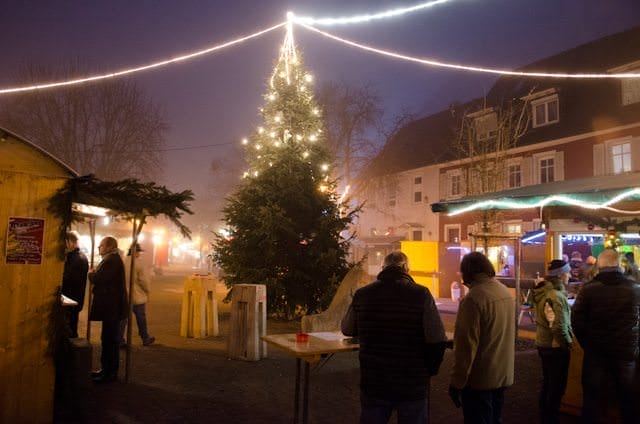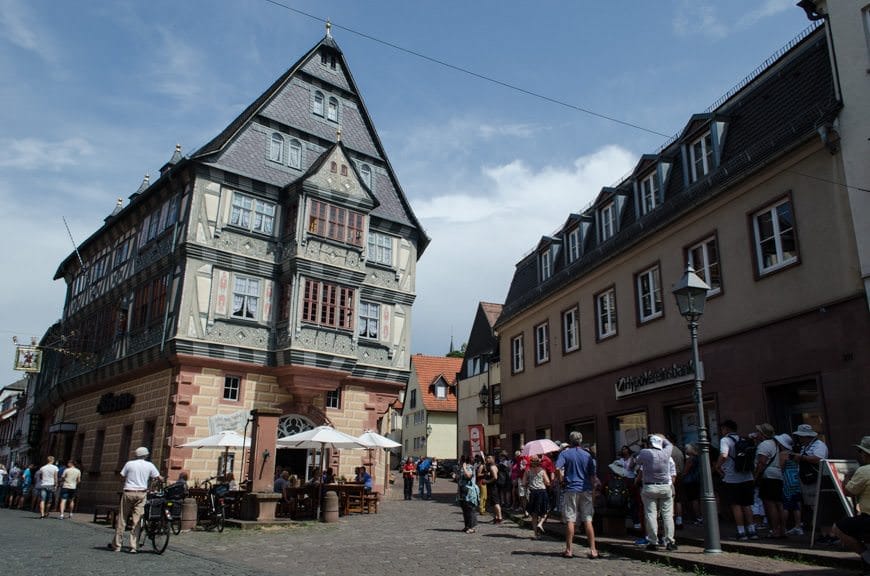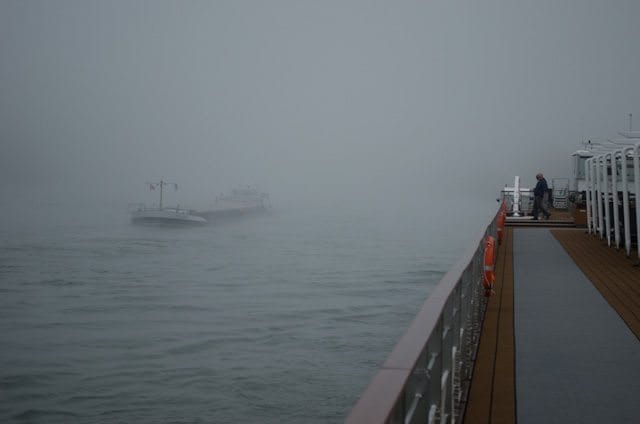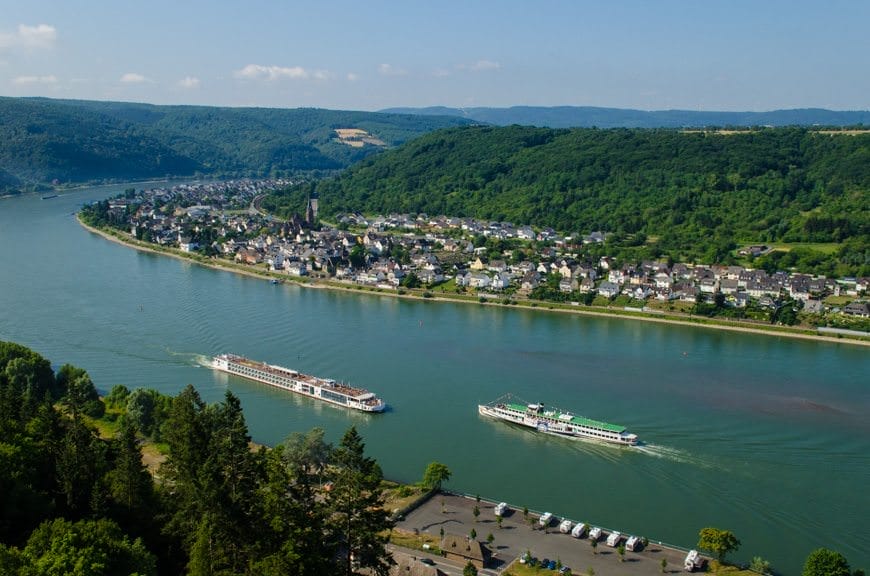After the Danube, the Rhine is Europe’s next most-popular river for vacationers looking to take a river cruise. With most departures sailing between Amsterdam, Netherlands and Basel, Switzerland in the south, Rhine river cruises can visit numerous countries in a single week, including the Netherlands, France, Germany, and Switzerland, with inland excursions that reach as far as Belgium, Luxembourg and The Hague.
But the Rhine is very different from its famous “Blue Danube” counterpart. Here’s what you can expect from a Rhine river cruise:
Castles and Legends
If you love castles (both restored and crumbling), the Rhine is the place to be. While you can see some fairly impressive castles on the Danube, they can’t hold a candle to the sheer number of castles that dot the length of the Rhine. Most of these are clustered around Rüdesheim and Koblenz – ports included on nearly every Rhine river cruise. There are so many castles in this region that a single agency known as The German Castle Association, located in Braubach, overseas the preservation of these historic monuments. The Rhine also plays host to many local legends, such as the tale of the Lorelei – a woman who supposedly sent ships to the bottom of the Rhine with her siren-song. That the location of the Lorelei is also a tricky-to-navigate hairpin S-curve probably had something to do with it, too.
Smaller Towns & Cities

While most Rhine river itineraries include calls in the larger cities of Strasbourg, Cologne and Amsterdam, these itineraries feature a plethora of smaller towns as well. Take, for instance, Breisach, Germany. It’s the gateway to the Black Forest, and no doubt most guests aboard your ship will head off on early-morning tours to see the cuckoo clock makers and sample the local Schnapps. For those who stay, however, this town of just over 16,000 inhabitants offers an impressive collection of attractions dating from the middle ages to present time. Other small towns and cities, like Koblenz, Germany and the UNESCO World Heritage Site of Kinderdijk, Netherlands, round out the mix.
A Melding of Cultures

For much of its length, the Rhine acts as the border between France and Germany. If you were sailing north from Basel, you’d find France on your left for much of your trip. On your right, Germany. And because the two countries are so close together, you get a unique blending of cultures and culinary delights. It’s not uncommon to find Alsatian-style spätzle in Strasbourg, France; or to find a greater emphasis on wines over beer in many German towns (though let’s be honest: the bier still flows pretty freely on the German side).
Fluctuating Temperatures

One of the more logistic things to note with Rhine river cruises is how wildly temperatures can fluctuate on these runs. For example, Amsterdam tends to have cooler temperatures during the day and night – even in summer – than cities further south, like Cologne and Strasbourg. Conversely, in the winter months, you’re more likely to see snow further south than you are in Amsterdam, which is situated by the North Sea. Because of this, it’s worth packing for a few different weather conditions. Bring an umbrella and a handful of warmer clothes as nights can get chilly the further north you sail.
Better Scenic Cruising

After nearly a dozen trips along the Danube and half a dozen on the Rhine, we’re convinced: as nice as the scenery is along the Danube, the Rhine is the clear winner when it comes to scenic cruising. There’s the serpentine stretch of water near the Lorelei, mentioned above, along with some pretty spectacular scenic cruising near Mainz, Germany and on the approach to both Cologne and Amsterdam.
Geography is varied, ranging from the lowlands and polders of the Netherlands to the towering cliffs and hills that surround the German stretch of the river. Lush rolling valleys hidden in the distance greet ships as they near the Swiss border with Germany’s famous Black Forest region, and the lack of locks relative to the Danube means less time spent queuing and more time spent lazily sailing one of Europe’s most picturesque waterways.
Do you have tips for a successful river cruise along the Rhine? Let us know by using the comment form below and help your fellow cruisers out.



